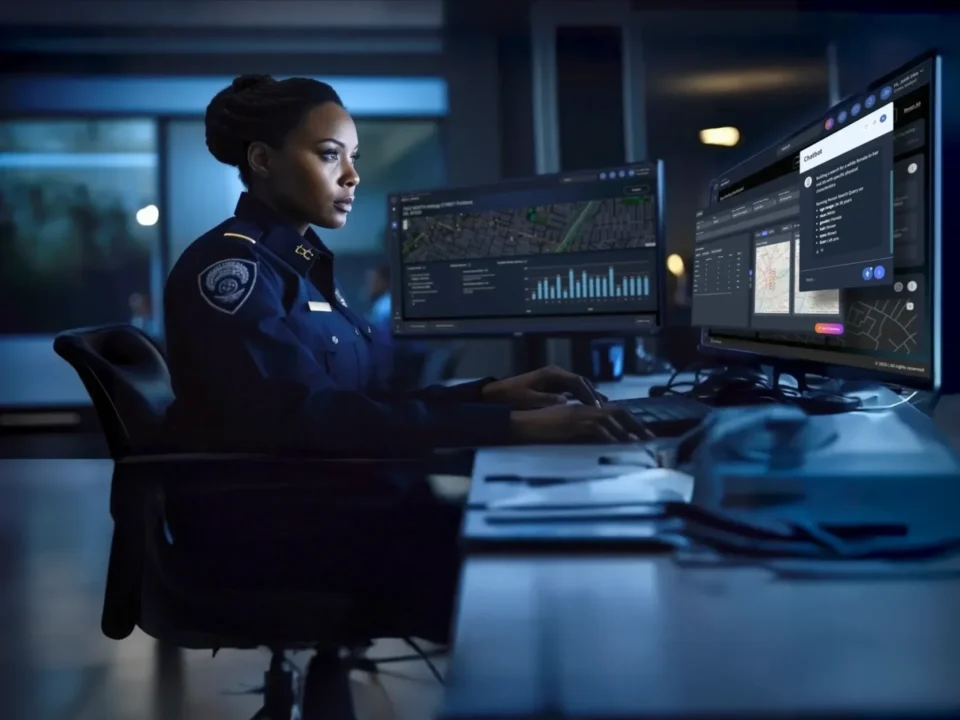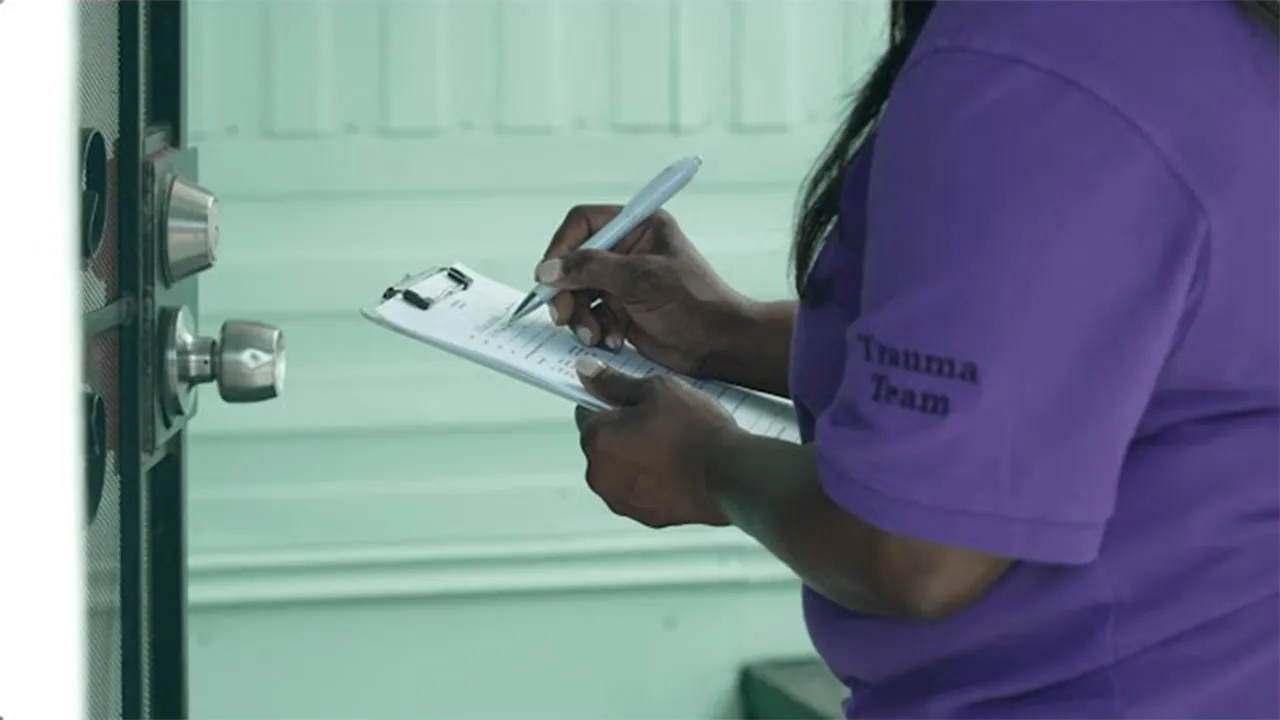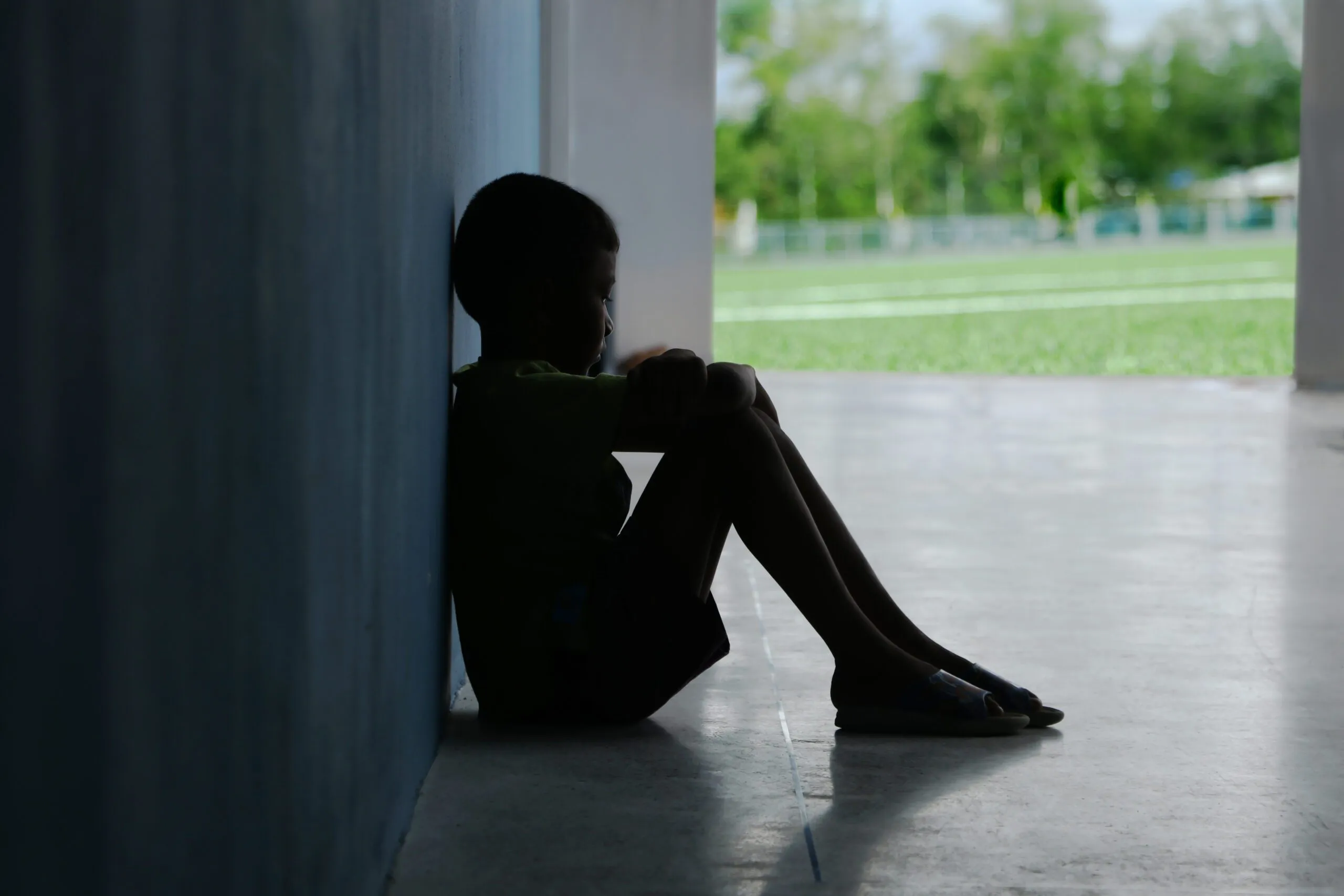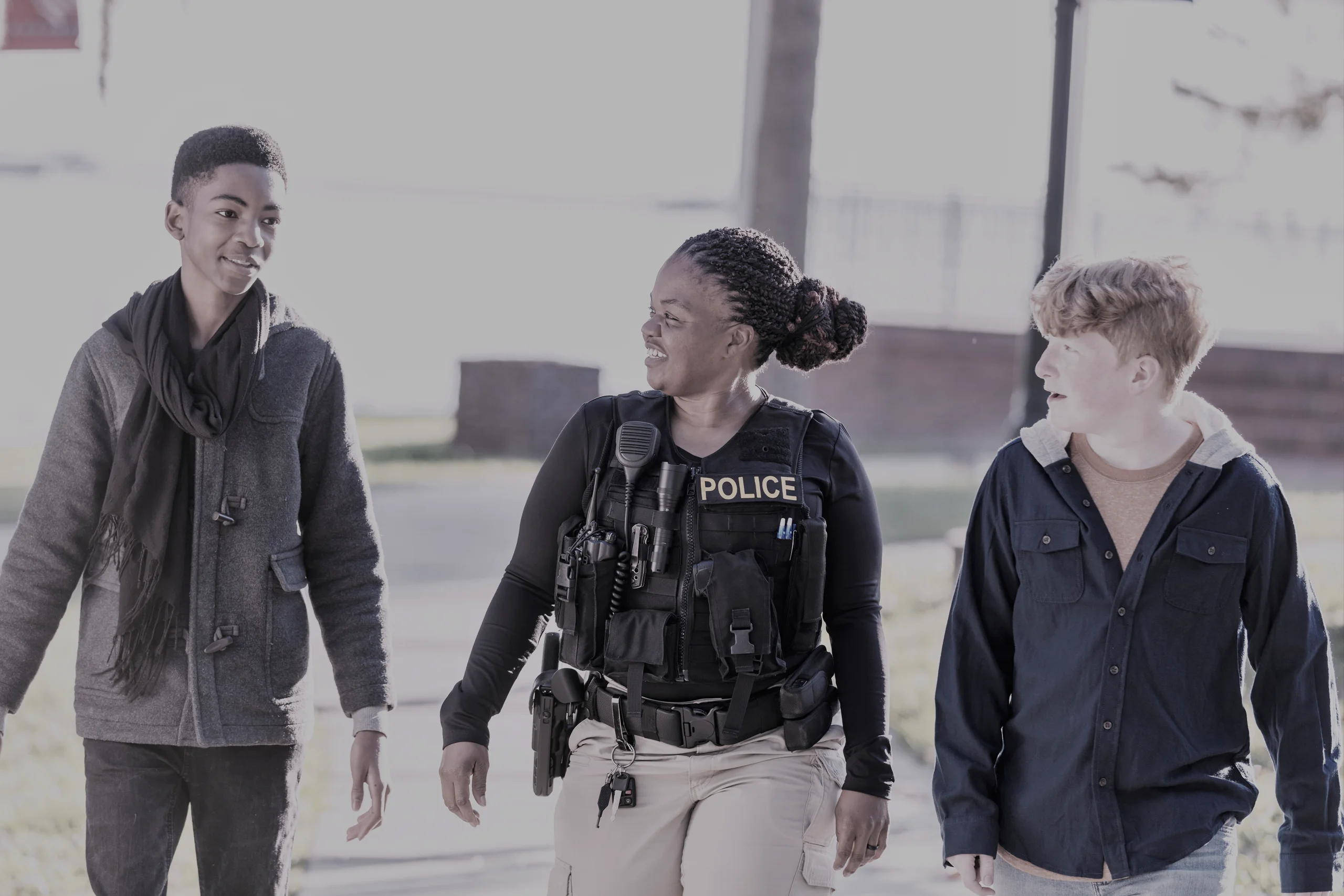Gun violence continues to pose one of the most pressing threats to public safety across the United States. According to CDC data, firearms were the leading cause of death for children and teens in the U.S. in 2020 and 2021, and in 2022, firearm injuries in the U.S. were among the top five leading causes of death for people ages 1-44.
Gun violence impacts communities negatively, which can lead to physical and mental health concerns, violence becoming part of the community culture, which increases feelings of insecurity, and violence negatively impacts child development. As communities seek ways to address this crisis, some are adopting technology that facilitates collaboration between law enforcement and community-based organizations focused on violence prevention.
What Is ResourceRouter Community?
ResourceRouter™ Community is a groundbreaking tool that helps community violence intervention (CVI) organizations work independently or in tandem with police departments to prevent violence, especially gun violence, before it occurs. ResourceRouter Community expands the capabilities of SoundThinking’s ResourceRouter platform, which is used by law enforcement to automate data-driven patrol deployments and foster crime deterrence through community engagement and purposeful presence. Now, CVI groups can access those same insights, enabling smarter and more coordinated outreach efforts in the places that need it most.
ResourceRouter Community is a data-informed deployment platform designed for violence interrupters, social workers, and community outreach teams. It leverages the same intelligence engine used in ResourceRouter—built around current crime data, ShotSpotter® alerts (as available), and historical incident trends—but provides a modified interface designed for the workflows and needs of CVI groups. With this platform, CVI teams can document engagement activities and track time spent in the areas most in need of intervention.
How ResourceRouter Community Works in the Field
Each day, outreach workers log into ResourceRouter Community and check for automatically generated engagement zones identified through crime data analytics and organization-created “ad-hoc” areas. These areas are selected based on where violence, especially gun violence, is likely to occur, or has already happened. Workers then travel to these zones to engage with individuals and communities, where their presence time, location, activities, and observations are logged within the ResourceRouter app.
Outreach workers can even use integrated tools such as the check-in feature to log the same information when they are initiating self-generated activity, such as victim follow-ups at hospitals after a shooting incident and community violence impact assessments.
Engagements are logged and verified by GPS within the application, whether inside a pre-designated engagement area, or an ad-hoc or check-in area, ensuring that all activities are accurately documented for accountability and transparency.
Miami Case Study: Building a National Model
A standout example of ResourceRouter Community in action comes from Miami-Dade County, where the organization Ummah Futures International has become a national leader in its use. Executive Director Wayne E. Rawlins initially faced some resistance from outreach workers when introducing the platform, with some fearing it would be used to surveil them. To overcome this, Ummah Futures implemented a usage mandate along with protocols that clarified expectations while ensuring team support. Over time, usage increased, particularly among their South team, which now logs thousands of engagement minutes weekly.
The impact of Ummah Futures has been significant. Using ResourceRouter Community’s inclusion of crime data, in one instance, an outreach worker arrived in a designated area shortly before a shooting occurred. “The AI works,” Ummah Futures President Wayne E. Rawlins said during an interview. “We can’t prevent every shooting, but we’re getting to the right places.” In a recent week, three of their focus areas recorded zero contact shootings—a milestone in one of the state’s most historically impacted regions for gun violence.
Find out how ResourceRouter Community can support your violence prevention efforts
A Community Violence Intervention (CVI) Model
The success of Ummah Futures is also drawing national and even international attention. Visitors from across the U.S. and abroad now travel to Miami-Dade to observe Ummah Futures in action, including how they implemented the Walking One Stop Initiative and their use of ResourceRouter Community.
- Walking One Stop: During a Walking One Stop, street outreach workers go out into the community without police, yet the Ummah Futures team maintains communication with law enforcement behind the scenes. Ummah Futures also works with social and economic providers, trauma surgeons, and hospital-based violence intervention programs, creating a comprehensive approach to violence prevention that extends from the streets to emergency rooms and correctional facilities.
- ResourceRouter Community: Ummah Futures International’s use of ResourceRouter Community enables street outreach workers to visit communities in need of violence intervention proactively. ResourceRouter Community represents a scalable, real-time model for community violence intervention that effectively bridges data-driven strategy with frontline outreach.
By combining the crime data gathered with structured street engagement, Ummah Futures empowers outreach teams to proactively intervene in high-risk areas before violence occurs as well as offer services to trauma victims within the community. Their model integrates CVI workers, social services, trauma-informed care, and law enforcement collaboration, all while maintaining trust with the community through independent but coordinated action.
Collaboration Without Compromising Trust
A key strength of ResourceRouter Community is that it enables CVI groups and police to collaborate without compromising the trust that outreach teams have built in their communities. While some outreach teams were historically hesitant to partner with law enforcement, Rawlins challenges that mindset. “The idea that CVI groups can’t work with police is outdated,” he said. “More than half of the data that drives ResourceRouter Community comes from law enforcement. It’s a collaboration.”
To maintain trust, CVI workers operate independently in public-facing situations. For example, during Ummah Futures’ Walking One Stops, community members see only outreach teams, not police officers. Behind the scenes, however, collaboration remains strong. Officers share shooting data, support relocations of individuals under threat, and participate in weekly shooting analysis meetings. The combined intelligence helps both groups work more effectively.
Leadership, Accountability, and Measurable Results
Another success factor is strong internal leadership and oversight. Program manager Bovia Maycock plays a vital role by reviewing engagement metrics weekly, directly contacting underperforming team members, and even accompanying workers in the field to troubleshoot usage issues. “Sometimes it’s just a matter of driving out to the area with them and solving the problem on the spot,” she said.
This level of accountability has helped ensure consistent platform use and performance. Ummah Futures has proven to be an incredibly committed user of ResourceRouter Community, with multiple team members producing high-level usage minutes. “It’s not just about showing up—it’s about being strategic and measurable,” said Rawlins.
A Blueprint for National Expansion
With local funding and community support, Miami-Dade’s model is also financially sustainable. Rawlins believes this success story can be replicated in other counties across the country. “We have the playbook,” he said. “Everything we’re doing—data-driven outreach, hospital partnerships, CVI-law enforcement collaboration—it’s working.”
As proof, Rawlins points to the community response. After a recent Walking One Stop event in a neighborhood grappling with new gang activity, 44 households signed up for services. All received timely follow-up, including support with rent, food, and utilities. “Now the community says, ‘these people are for real,’” he added.
Why ResourceRouter Community Matters Now
Staffing shortages, limited budgets, and continued gun violence have made proactive policing and community engagement more difficult than ever. Tools like ResourceRouter Community empower agencies and outreach teams to overcome those barriers by focusing resources where they can make the greatest impact. As Rawlins put it, “If you control public safety dollars and you’re not using ShotSpotter and ResourceRouter, you’re being negligent. These tools are essential.”
Community Violence Intervention groups can track every minute spent in high-risk areas. Outreach leaders can monitor the impact and follow up with services. Law enforcement can coordinate with community groups to prevent retaliatory shootings and other violence. And most importantly, residents benefit from a more focused, sustained presence in their neighborhoods. This holistic, tech-enabled approach not only improves service delivery and measurable outcomes but also serves as a national blueprint for CVI groups looking to reduce gun violence and build long-term public safety infrastructure.
Learn more about how ResourceRouter Community can support your violence prevention efforts







